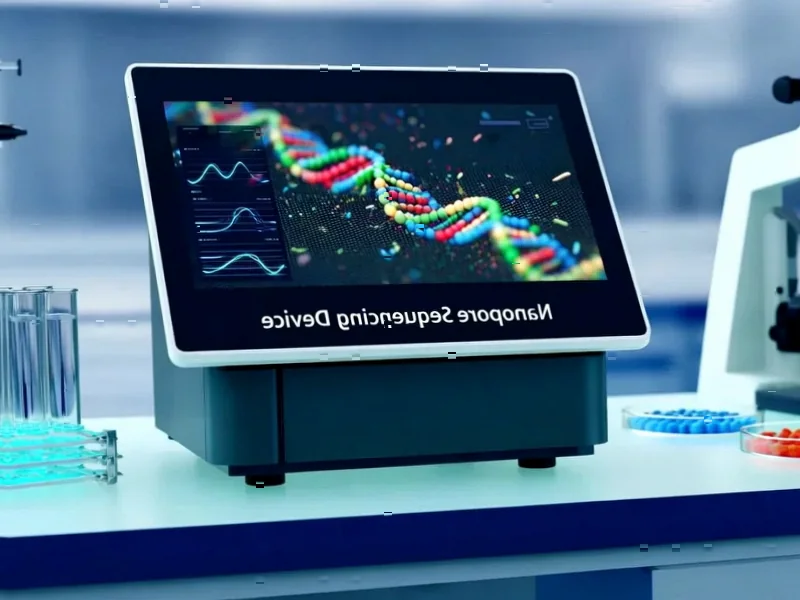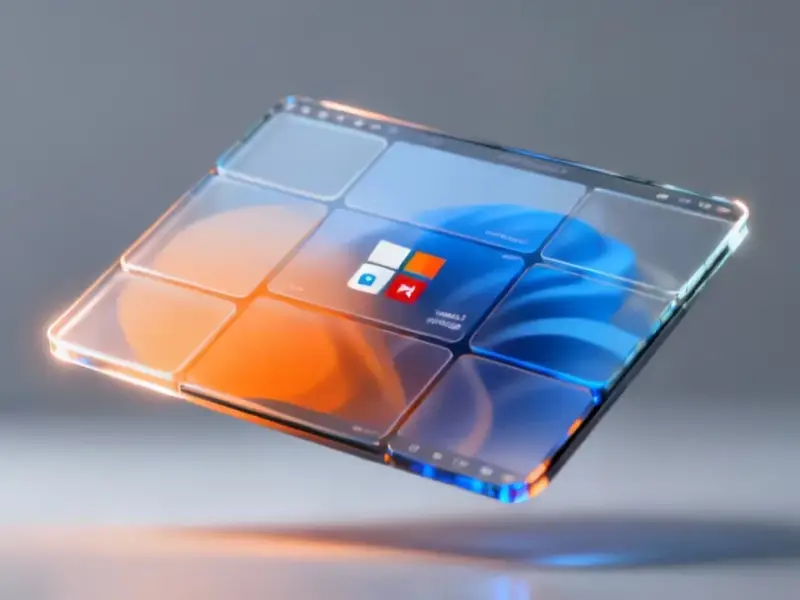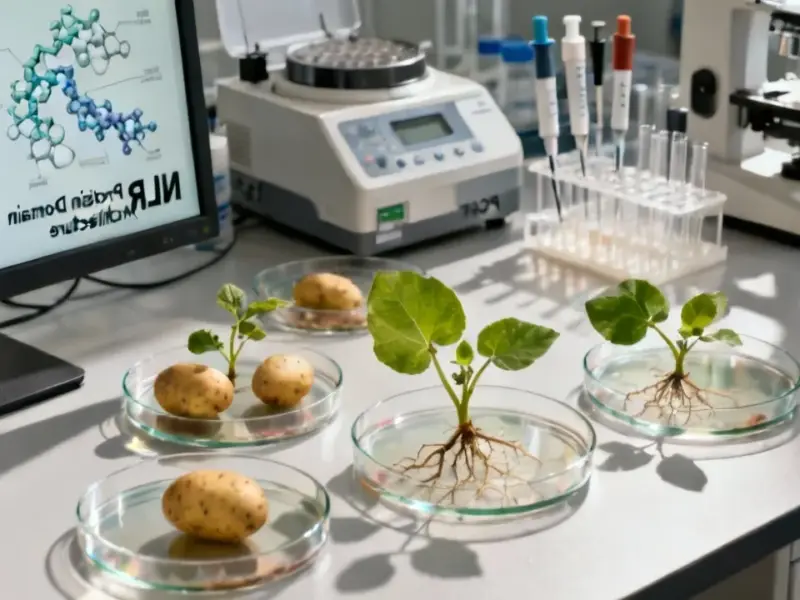According to Phys.org, researchers from Bigelow Laboratory for Ocean Sciences and Atrandi Biosciences have developed environmental microcompartment genomics, a method that sequences over 2,000 particles from just 300 nanoliters of seawater. The approach increases throughput by an order of magnitude compared to traditional single-cell sequencing, which processes only 384 particles per run. In their Nature Microbiology study, the team demonstrated the method on Gulf of Maine seawater samples, capturing complete viral genomes that other methods miss entirely. Lead author Alaina Weinheimer emphasized the method provides both higher quantity and quality data while reducing costs. The technique works without size-based sorting, enabling simultaneous sequencing of everything from large microbes to the tiniest viruses and even free-floating DNA.
So how does this magic happen?
Basically, they’re using microfluidics to create thousands of microscopic bubbles, each containing a trillionth of a liter of water. Individual cells or viral particles get randomly sampled into these compartments, where reagents make millions of copies of their DNA. Here’s the clever part: each bubble’s DNA gets tagged with a unique barcode. When they dissolve all the bubbles and sequence everything together, those barcodes let them reconstruct which sequences belong to which original particle. It’s like giving every virus its own ID badge before throwing them all into the sequencing party.
The size-agnostic advantage
Traditional single-cell sequencing uses flow cytometry, which is great but has a major limitation – it sorts by size. That means you’re inherently biased toward larger particles. The new approach completely skips this step. As Weinheimer put it, “This approach omits any size selection, so we can process everything from large microbes to the tiniest of viruses.” This is huge for ocean research because viruses come in every size imaginable, and the smallest ones have been largely invisible to us. They’re basically getting the whole community picture instead of just the easy-to-catch members.
The discoveries are already rolling in
Here’s where it gets really interesting. The method immediately revealed that Naomiviridae viruses – this recently discovered family with such unusual DNA structure that other methods exclude them – were actually the most abundant viruses in their dataset. Weinheimer noted, “We would have missed it entirely with other methods.” Think about that – we’ve been studying ocean microbiology for decades, and there’s an entire viral family dominating the scene that we barely knew existed. It makes you wonder what else is out there that we’re completely blind to with current tools.
Not perfect, but revolutionary
Now, there is a trade-off. By ditching flow cytometry, they lose some descriptive data about particle characteristics. But the trade seems more than worth it when you consider they’re capturing viruses that were literally invisible before. The method also works on tricky samples like sediment and soil, which have always been problematic because it’s hard to differentiate biological particles from dirt and debris. As senior author Ramunas Stepanauskas said, this creates “completely new opportunities” for studying nature’s microbial world. Given that viruses make up the vast majority of ocean microbes, we’re basically looking at the key to understanding marine ecosystems finally falling into place.




